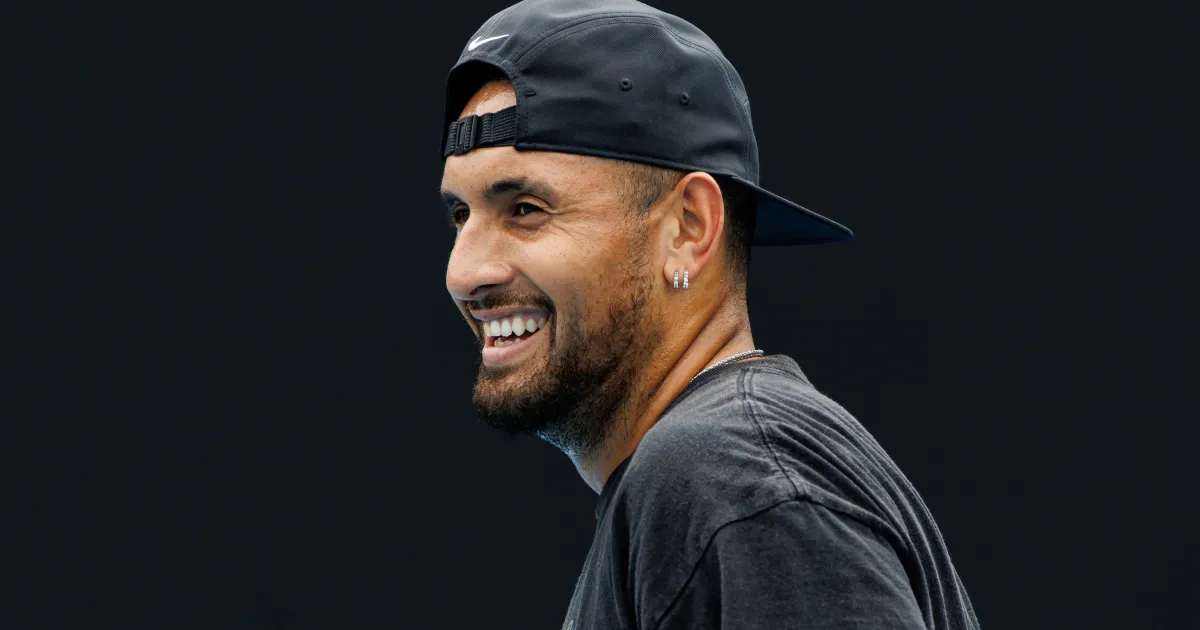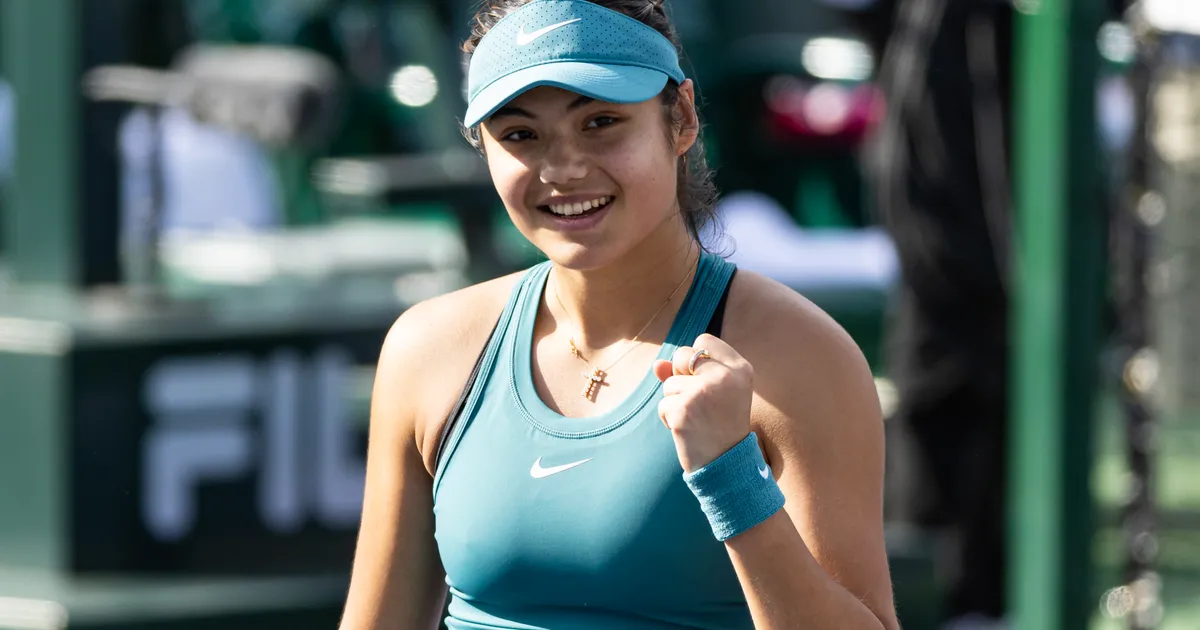The concept of a “Battle of the Sexes” match is on the horizon once again, following recent comments from the Australian tennis player Nick Kyrgios. This idea, which historically pitted male and female players against one another, evokes some of the sport’s most memorable moments.
The original series of matches began in the 1970s, drawing significant public attention to women’s tennis. In May 1973, Bobby Riggs faced off against Margaret Court, triumphing with a decisive score of 6-2, 6-1. Riggs, notorious for his brash personality, challenged Billie Jean King shortly after, leading to a legendary showdown later that year. King would go on to defeat Riggs 6-4, 6-3, 6-3 in a match viewed by approximately 90 million people, an event that marked a turning point for the credibility of women’s tennis. Fast forward to 1992, and tennis icon Jimmy Connors defeated Martina Navratilova in a similar matchup, reinforcing the visibility of female players in the sport.
In a recent conversation with Talksport, Kyrgios revealed his discussions with reigning WTA world No. 1 Aryna Sabalenka about organizing their own Battle of the Sexes match in Hong Kong later this year. Kyrgios hinted at implementing creative rule modifications to level the playing field, suggesting a smaller court on Sabalenka’s end to potentially even the odds.
“We’re thinking of setting up a match where I play on a court that’s slightly smaller for my service games,” Kyrgios explained. “It’s an intriguing idea that could draw in a lot of attention.”
Despite Kyrgios’ confidence in a potential victory, he expressed some trepidation about competing against Sabalenka, acknowledging her remarkable performance over the past year and his ongoing struggles with injuries. “I’m a bit anxious, to be honest. She’s at her peak,” he admitted. “I’ve still got some skills and flexibility to take her on, but she’s a formidable opponent.”
Kyrgios has long been an advocate for innovation in the sport, demonstrating a desire to engage new audiences even as he often claims indifference toward traditional tennis norms. While ongoing physical setbacks may preclude Kyrgios from capturing a Grand Slam title, this proposed exhibition could keep him relevant and generate buzz around the sport.
The reaction to this planned event is expected to vary within the tennis community. Figures like Maria Sharapova have voiced frustration over how media coverage often prioritizes comparisons to male players instead of highlighting female achievements, particularly with regard to athletes like Sabalenka.
Supporters of the match might argue that it markets tennis positively, showcasing Sabalenka’s talent while providing visibility for the WTA Tour. Conversely, critics could contend that a loss for her, even with rule adjustments, might diminish the legitimacy of women’s tennis.
As Kyrgios continues to stir the pot with provocative statements—such as his bold predictions regarding Jannik Sinner’s career trajectory compared to Carlos Alcaraz’s—he undoubtedly keeps the sport at the forefront of public discourse. Whether the match materializes remains to be seen, but the anticipation of such an event could enhance conversations about gender dynamics in tennis and beyond.



